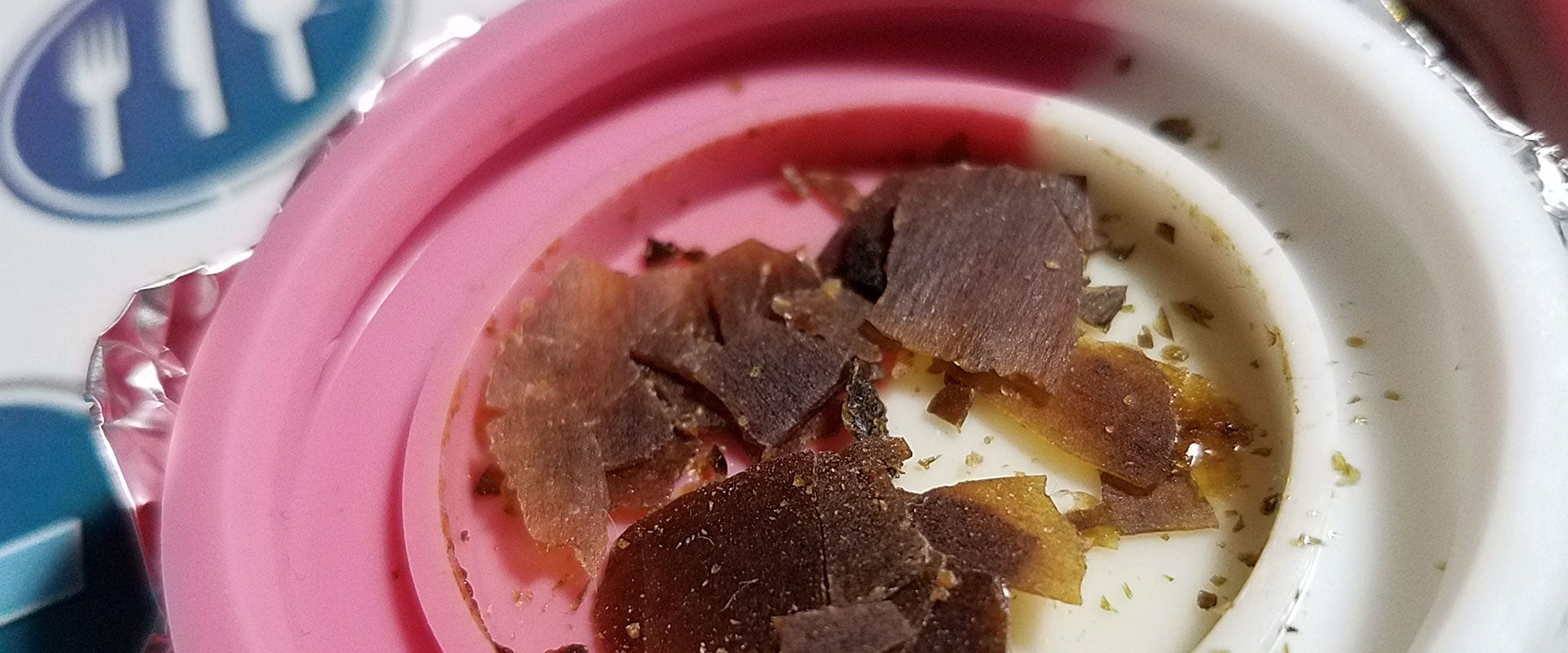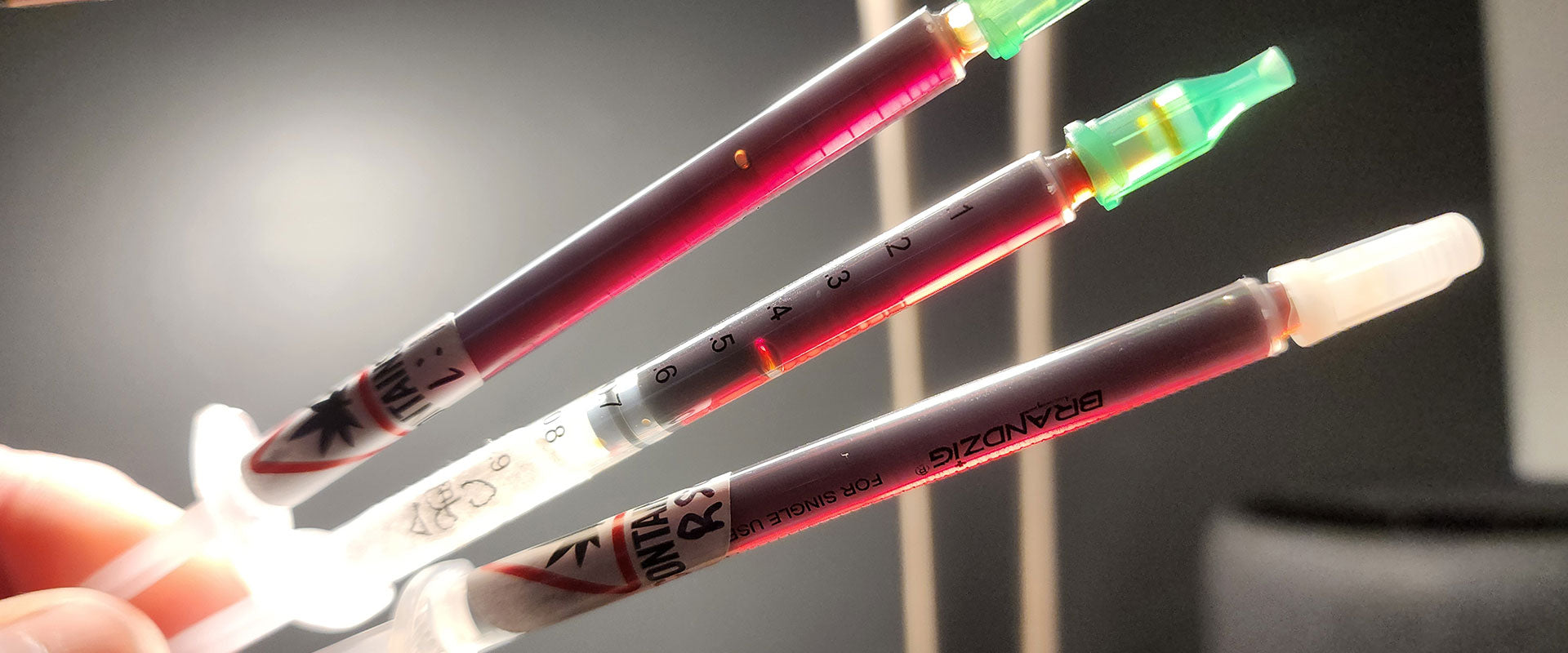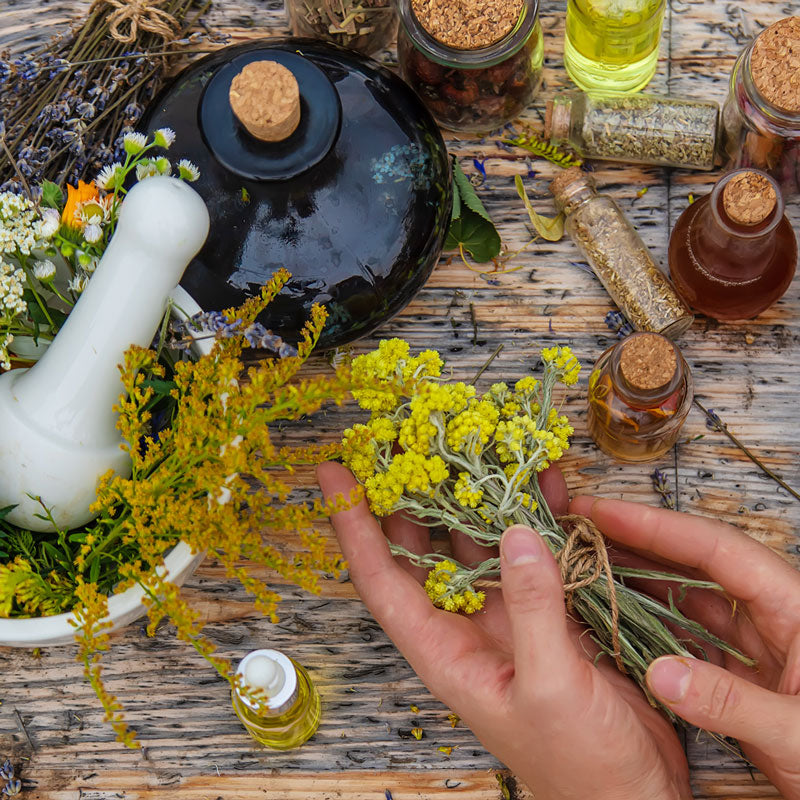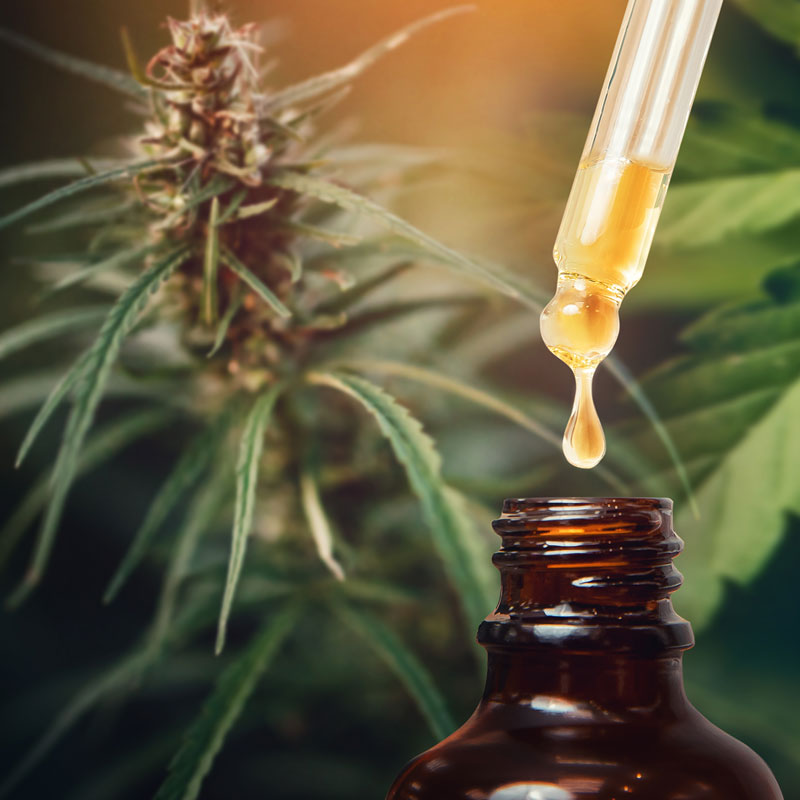3-Minute Quick Wash Cannabis Tincture Recipe
As the name implies, "Quick wash" tinctures are the fastest method for making cannabis tincture using alcohol. Quick wash tinctures range from light yellow to lime green regardless of if you are working with top shelf bud or trimmings and sugar leaves. Learn more about how to make a quick wash alcohol tincture, follow my recipe to make your own, and scroll to the bottom for links more information on alternative recipes including full extract tincture and the benefits/caveats of incorporating freezing cold temperatures to your process.

How do Quick Wash Tinctures Work?
Quick wash tinctures differ from full extracts primarily in the contact time between the cannabis plant material and the 200-proof alcohol. While full extracts aim to dissolve all non-cellulose components of the plant (the "marc"), quick washes are designed to target only the trichome heads and stems found on the outer surface of cannabis leaves and buds. Since cannabinoids are located exclusively on the surface of the plant, not within the plant’s stems or leaves, a quick wash focuses on dissolving these cannabinoids into solution while minimizing the extraction of chlorophyll, plant lipids, and waxes. The result is a tincture with a lighter, golden-brown or amber color. Quick washes performed at sub-freezing temperatures, and kept cold throughout extraction and filtration, are particularly effective at reducing chlorophyll extraction, producing a smoother, better-tasting tincture or concentrate.
Quick Wash vs. Full Extract: What’s the Difference?
Quick wash tinctures are efficient, taking anywhere from 30 seconds to 20 minutes, and can involve temperature control (though it’s not always required). They can be made using fresh buds, well-cured flower, or even trim that’s up to two years old. Whether you're making a large batch (over 64 fl oz) or a small one (under 8 fl oz), quick washes are versatile. In contrast, full extract tinctures involve much longer soak times, sometimes indefinite, allowing for the extraction of nearly all plant components. This prolonged process often leads to darker, more bitter-tasting tinctures, as more chlorophyll and plant material are dissolved. Full extracts are typically made in smaller batches, often stored in jars that can be hidden in a cupboard, and usually carried out at room temperature, as there is no significant benefit to keeping these long soaks cold.
Equipment for Quick Wash Cannabis Tincture
- Glass “mason-style” jar, 32 fl oz or larger.
- Stainless steel, fine mesh strainer.
- Large bowl, stainless steel or glass.
- Long handled, metal spoon.
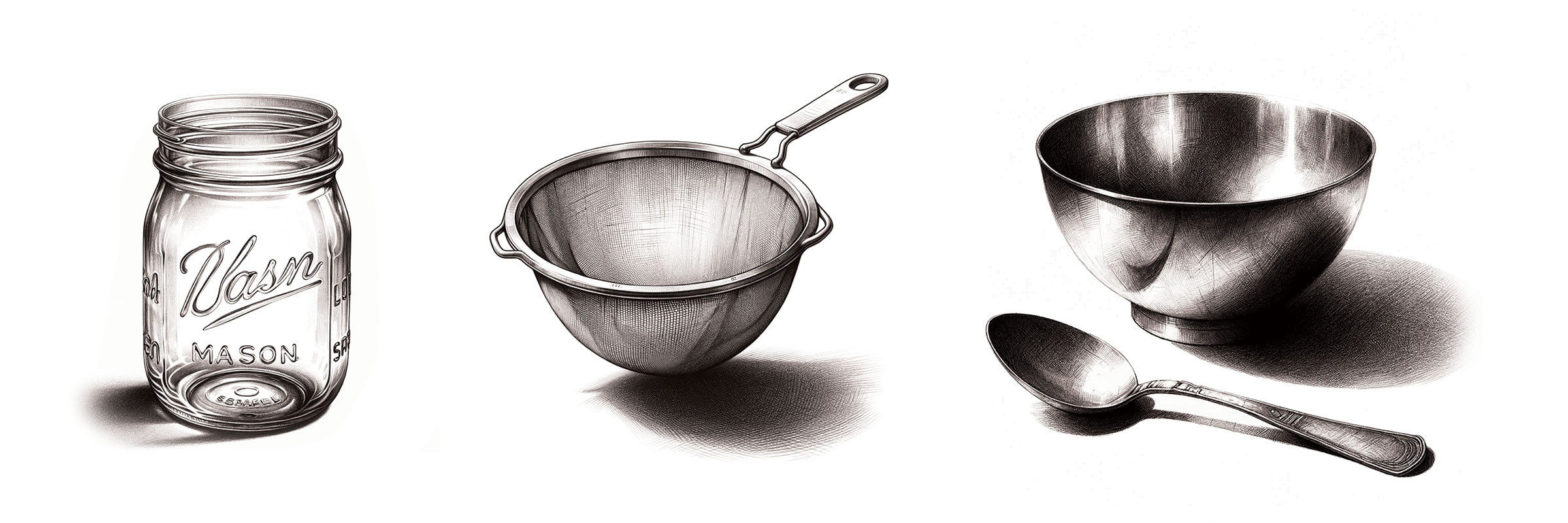
Equipment Notes
- Any glass jar will do for allowing your tincture to seep. 1.) Mason jars are suggested as they are cost effective, reusable, and easy to clean and prepare between uses. 2.) Using (or reusing) a plastic vessel or jar is not recommended as cleaning plastic jars in-between uses can introduce micro scratches which can trap soap from washing or contaminate new projects with left overs from old projects. 3.) When choosing a jar, allow for adequate extra space for stirring, agitation, and to make transferring into strainer less messy.
- A stainless fine mesh strainer will separate all but the finest particles of cannabis from the tincture. 1.) Alternatively, you can use a coffee filter placed in a large plastic funnel for straining as well. The contact time between plastic and ethanol is minimal and should not affect the tincture, however a stainless steel funnel would be better. 2.)Coffee filters filter particles up to 20 microns (a grain of flour is 100 microns) and accordingly the straining time will be significantly slower if filtering through a coffee filter, prepare to wait 30 minutes or more for your tincture to filter.
- Avoid plastic containers (jars, bowls, dishes, etc) and tools (spoons, strainers, etc) wherever possible. 1.) Plastic may absorb and transfer odors and flavors from the tincture to your next project, or from soaps/detergents used to clean them. 2.) Nothing ruins a tincture more than the taste of dish soap that was dissolved into the ethanol, please stick with non-reactive materials including glass or stainless steel. 3.) Ceramic and wood containers are too porous for alcohol tinctures and should also be avoided.
Ingredients for Quick Wash Cannabis Tincture
- 1/2 oz (14 grams) of Cannabis (trim leaves or buds, no stems or seeds)
- 8 fluid ounces of 200 proof (100% ABV) Food Grade Ethanol.

Ingredient Notes
- Any cannabis or hemp can be used. The properties of the individual strain(s) will convey directly to the final tincture.
- Use only dried and cured cannabis for making tincture. Fresh leaves and buds contain a large percentage of water, which will be dissolved into the alcohol during the steep step, and can negatively affect potency, flavor, and yield. Over dried cannabis is better for tincture making than moist bud. Read more below about extracting in cold temperatures as a method of avoiding moisture absorption during the tincture steep step below. Read more about tips and techniques for preparing cannabis for tincture.
- Activate the THC-A into THC before making your tincture. Cannabis and hemp flower in their natural form contain THCA (or CBDA). Converting the THCA (the "A" stands for acid) molecule into THC is done through a process called "decarboxylation". It is recommended to decarboxylate your cannabis flower before steeping in alcohol to make your tincture. Read more about how and why decarboxylation is required for cannabinoids.
- Not all alcohol is created equal when it comes to making tincture. Be sure to use source only non-denatured food grade ethyl alcohol (ethanol) to make your cannabis tincture. Beware of alcohols containing additives including methanol, benzene, hexane, or other toxic denaturants. Never use rubbing alcohol (isopropyl) to make tincture, even if you plan to evaporate out the alcohol.
- 190 proof alcohol can be substituted for 200 proof alcohol. The 5% water present in 190 proof alcohol has no function when making cannabis tincture (it's the ethanol the does all of the extraction), if you have a choice between 190 proof and 200 proof, choose the 200 proof for making cannabis tincture. Using an alcohol strength below 190 proof (ie 151 proof) for cannabis tincture is not recommended. Read more about 190 proof vs 200 proof for tinctures here.
Preparation
- Clean all of your equipment before getting started. A rinse with hot water is fine, no need to sanitize/disinfect surfaces. If you are reusing jars and equipment from a previous tincture batch, a quick rinse/paper towel-wipe with 200 proof alcohol will remove any residue from the last run.
- Decarboxylate your cannabis/hemp to activate the THC/CBD.
- Remove any stems or seeds present before tincturing. Stems and seeds do not have trichomes, cannabinoids, or known beneficial properties and removing them from the starting material is recommended. True Full Extracts include the stems and seeds, and the choice is up to you. When in doubt, remember "Quality in = Quality out".
- Gently crush or break up flower buds to ensure good contact with the plant material and alcohol. Grinding into a powder is overkill and not recommended. Grinding into a fine powder will make straining messier and slower (next step), and can significantly increase the amount of chlorophyll also absorbed. Chlorophyll is neither good, nor bad, but may give your tincture a dark green or brown color, and present a slightly bitter flavor.
- Read more tips on preparing cannabis for tincture here.
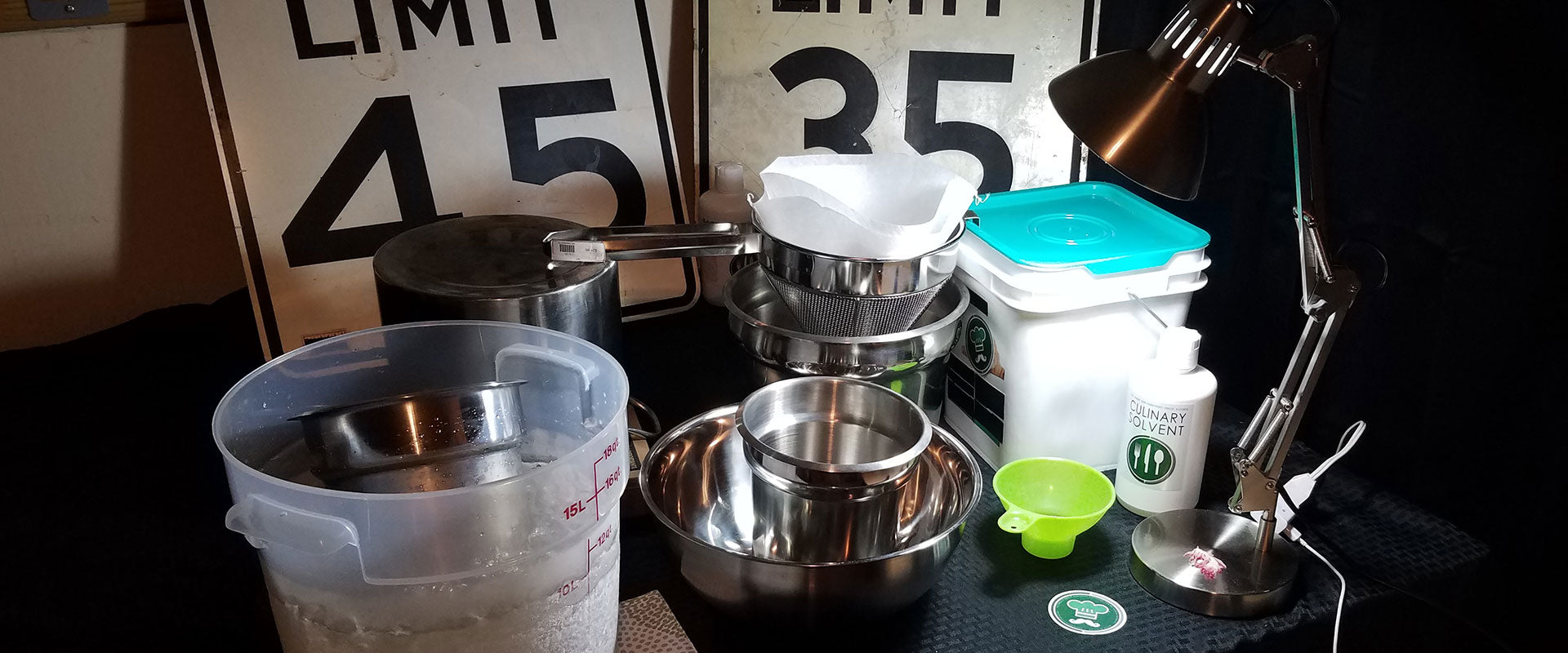
Quick Wash Cannabis Tincture Recipe Steps
- Combine: 1/2 ounce (14 grams) of dried cannabis with 8 fluid-ounces (500 ML, 373 grams) of 200 proof food grade ethanol. Use a spoon to push material down into the liquid gently. If 8 fluid ounces isn't enough liquid to cover the plant material, slowly add more alcohol until all plant material is submerged. Do not add water.
- Agitate: Stir briefly to ensure total coverage of alcohol over and throughout plant matter. Shaking works too. There is no need to stir or shake continuously if you added enough alcohol in step 1.
- Wait: Set jar aside for 3 minutes. Freezer cold or room temperature, doesn't matter.
- Strain: Collect the liquid by pouring the jar contents into the fine mesh strainer placed over a clean bowl. Using a spoon, gently press the pile of infused cannabis leaves to release any last amounts of liquid, but don't press hard enough to "juice" the pile. Rinse infused cannabis with cold tap water to flush remaining alcohol and discard of cannabis in the trash.
- Done: The retained liquid is a finished, ready to use tincture. Nice work.
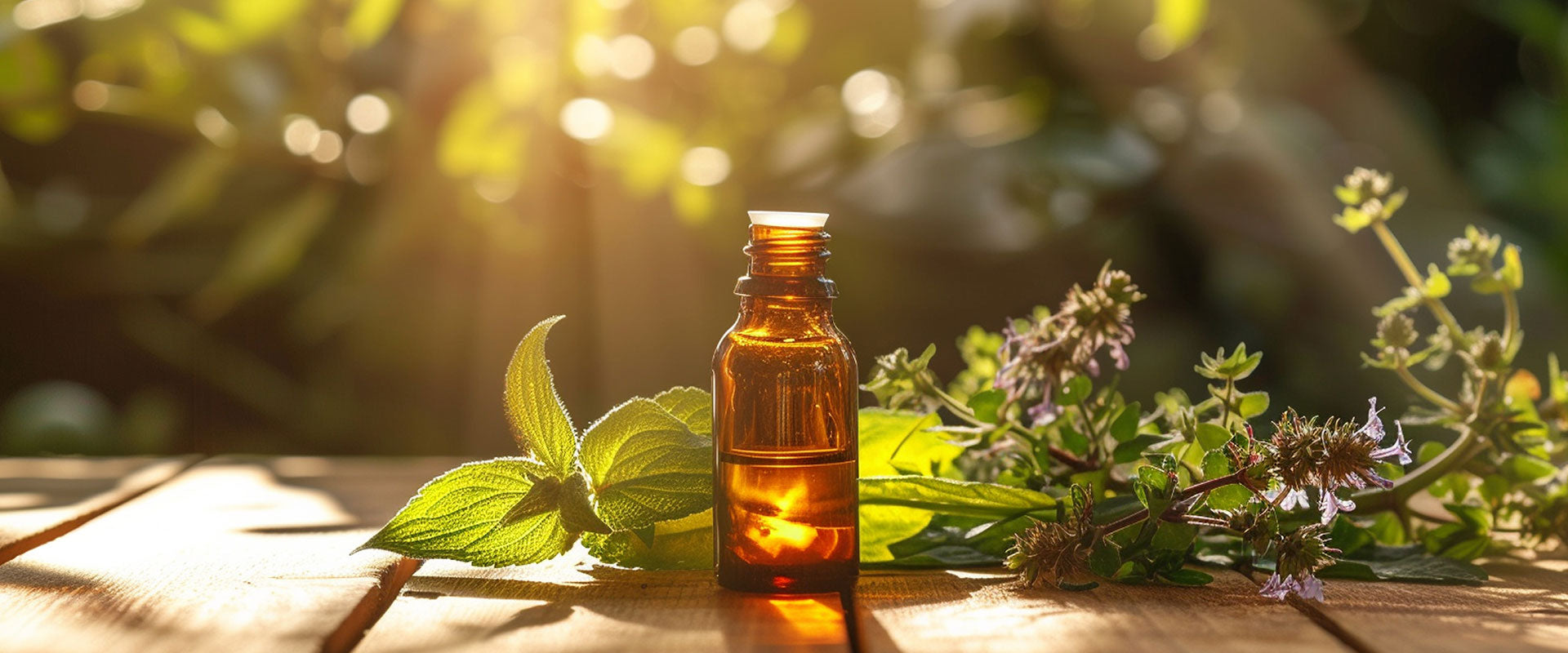
Storing Finished Quick Wash Cannabis Tincture
- Vessel: Store in an amber glass bottle with tightly sealed lid. Dropper bottles are not recommended for long term storage.
- Label your tincture Clearly: Take a moment to accurately and completely describe your tincture while the recipe is fresh in your mind. Always include the date the tincture was bottled and any dosage suggestions or information regarding the ingredients contained within.
- Storage Location: Cool and dark like a cupboard or refrigerator door. Ok to store alcohol based tincture in the freezer.
- Approximate Shelf Life: Use within 1-3 years. Ethanol above 100 proof does not "expire", however the cannabinoid effects may fade if stored for over 1 year.

Considerations and Alternative Recipes
3 Minutes doesn't seem like enough time to soak, are you sure?
Yes. Because all (literally 100%) of the cannabinoids exist on the outside of the leaves (the trichomes or white crystals visible by the naked eye), an infusion time of 3 minutes will extract 80%+ of the cannabinoids while leaving behind chlorophyll, water, and natural hemp oils and waxes made by the plant. Any soak longer than 20 minutes is considered full extract, see below for more details. There is no negative consequence to letting your tincture steep longer than 3 minutes beyond extraction of increased amounts of non-cannabinoid components as time progresses.
Does freezing the Cannabis and Alcohol improve results?
Freezing can improve flavor and color of the tincture by trapping residual water and chlorophyll in ice crystals which will not dissolve into the alcohol while steeping. In order for freezing to affect the outcome of the tincture, the following condition must be met: All ingredients, and equipment, are kept below the freezing point of water (32 degrees F or 0 degrees C) for the entire duration of the process including straining. If at any point the liquid raises above freezing, the benefits of freezing will be lost and the time and energy spent will be wasted. For example, pouring a freezing cold tincture through a room temperature filter defeats the purpose of freezing in the first place. Freezing does not have a significant effect on potency, however if done correctly will result in less water also extracted into the alcohol solution. Commercial processors who incorporate freezing into the tincture process seek to achieve temperatures below -40 degrees C.
Separate post with my thoughts on freezing coming soon.

How to measure potency of your cannabis tincture?
The only true way to measure potency of a finished tincture is to submit a sample of the tincture to an authorized laboratory who can perform an analysis and provide a report on the constituents. If you live in a state with a medical or recreational adult use cannabis program, there are likely a number of local laboratories available for performing such analysis. The results often include a full breakdown of the various cannabinoids contains (THC, CBD, CBV, CBG, etc). An alternative method to closely estimating the potency of the final tincture is to carefully measure the components going into the recipe, as well as measuring the amount of final liquid captured after straining. This alternative method requires starting with cannabis flower that has been tested, which is common practice when sourcing cannabis from licensed dispensaries and caregivers.
How to remove the alcohol from the tincture to leave behind a concentrated oil?
Under the right conditions, the alcohol contained within the tincture can be evaporated away leaving behind a concentrated oil consisting of a high (60%+) total cannabinoids. There are various means and methods for evaporating and reclaiming ethanol from your tincture, read my extended post on the topic for more information.
How to turn quick wash tincture into Rick Simpson Oil (RSO or FECO)?
Rick Simpson Oil (RSO) is the result of concentrating the cannabinoids contained within an alcohol tincture by way of reducing down the alcohol through the controlled application of heat to the tincture. The heat applied to the tincture has the added benefit of decarboxylating the cannabinoids during the process. There are many methods and recipes available for making RSO from tincture, see my RSO recipe post here for a list of suggested methods.
What is the difference between "Full Extract" vs "Quick Wash"?
The term "Full Extract" indicates a longer soak in room temperature alcohol thereby allowing all of the plant's natural components to fully dissolve into the alcohol. "Quick Wash" methods aim to extract only the trichomes present on the outside of the leaf. Full extracts are typically darker green in color while quick wash recipes range from light brown to lime green in color. Because of the increased soak time and room temperature conditions of the ethanol, full extract tinctures may exhibit more potency (concentration of cannabinoids), where some quick washes may leave behind a small percentage (<10%) of cannabinoids, especially if dense buds were not adequately broken up in the preparation step. Both methods are effective for making cannabis tincture with ethanol, the choice as to which is better or more desirable is left to the final user.
Why not just long soak a tincture vs a quick wash (that may leave some cannabinoids behind)
Quick wash tinctures are most commonly used by commercial processors who intend to further refine their tincture into concentrated oils for vape cartridges or isolates. Quick washes dissolve a minimum amount of lipids (natural oils and waxes made by the plant) which makes post processing the tincture into concentrated oil a more straightforward process with consistent results. Most at home DIY users will prefer the full extract long soak method to maximize the yield, concentration, and potential "entourage effects" that come with completely dissolving everything but for the cellulose of the starting plant material.




